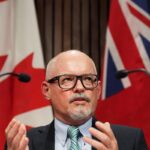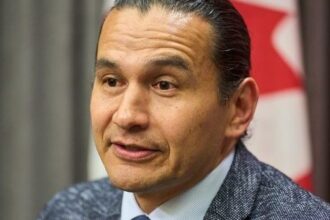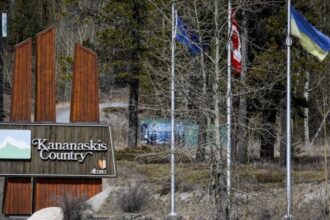In Alberta’s healthcare corridors, a growing discontent simmers among allied health professionals who find themselves caught in what many describe as a systematic pattern of wage discrimination and professional devaluation. These essential workers—ranging from respiratory therapists to social workers—are increasingly vocal about the disparities they face compared to other healthcare professionals performing similar roles.
“We’re expected to maintain the same level of expertise, continuing education, and professional responsibilities as our counterparts in other provinces, yet our compensation doesn’t reflect that,” explains Marissa Chen, a respiratory therapist with 12 years of experience in Edmonton. “It’s not just about the money—it’s about recognizing our value in the healthcare ecosystem.”
Recent data from the Health Sciences Association of Alberta (HSAA) reveals Alberta’s allied health professionals earn approximately 5-15% less than their counterparts in provinces like British Columbia and Ontario, despite Alberta’s higher cost of living in major centers. This wage gap has remained persistently wide over the past decade, even as healthcare demands have intensified.
The issue extends beyond simple wage disparities. Many allied health workers report experiencing what they call “professional invisibility”—a phenomenon where their contributions are essential but frequently overlooked in healthcare planning and recognition.
“People don’t realize that for every doctor or nurse, there’s an entire team of allied health professionals making critical interventions possible,” says Devon Arthurs, a medical laboratory technologist in Calgary. “When a patient recovers from a serious illness, they might thank their doctor, but rarely the lab tech who identified the infection, the respiratory therapist who managed their breathing, or the physiotherapist who helped them regain mobility.”
This wage inequity appears particularly pronounced among professions predominantly staffed by women. Occupational therapists, speech pathologists, and dietitians—fields where women represent over 80% of the workforce—show some of the most significant wage gaps compared to male-dominated professions requiring similar education levels.
The consequences of these disparities extend beyond individual professionals’ bank accounts. Alberta’s healthcare system faces growing recruitment and retention challenges, with many allied health graduates choosing to leave the province for better compensation elsewhere. Healthcare facilities in rural Alberta are particularly affected, with some positions remaining vacant for years.
“We’ve lost three physiotherapists in the past year alone,” notes Sarah Jameison, a healthcare administrator in Medicine Hat. “Each time, they specifically cited better compensation packages in BC or Saskatchewan. Meanwhile, our patients wait longer for essential services.”
The provincial government has acknowledged these concerns but has yet to implement substantive changes. A spokesperson for Alberta Health indicated that “compensation reviews are ongoing” but provided no specific timeline for addressing these inequities.
For allied health workers themselves, the fight continues on multiple fronts. The HSAA has initiated collective action, while individual professionals engage in awareness campaigns to highlight their essential roles in patient care.
“The pandemic briefly spotlighted our work, particularly for respiratory therapists managing ventilators during COVID,” Chen adds. “But that recognition was fleeting. We need systematic change, not temporary acknowledgment.”
As Alberta’s healthcare system continues to face staffing pressures and growing demand, the question remains: can the province afford to maintain these wage disparities, or will addressing them become essential to preserving comprehensive healthcare delivery for Albertans?
























